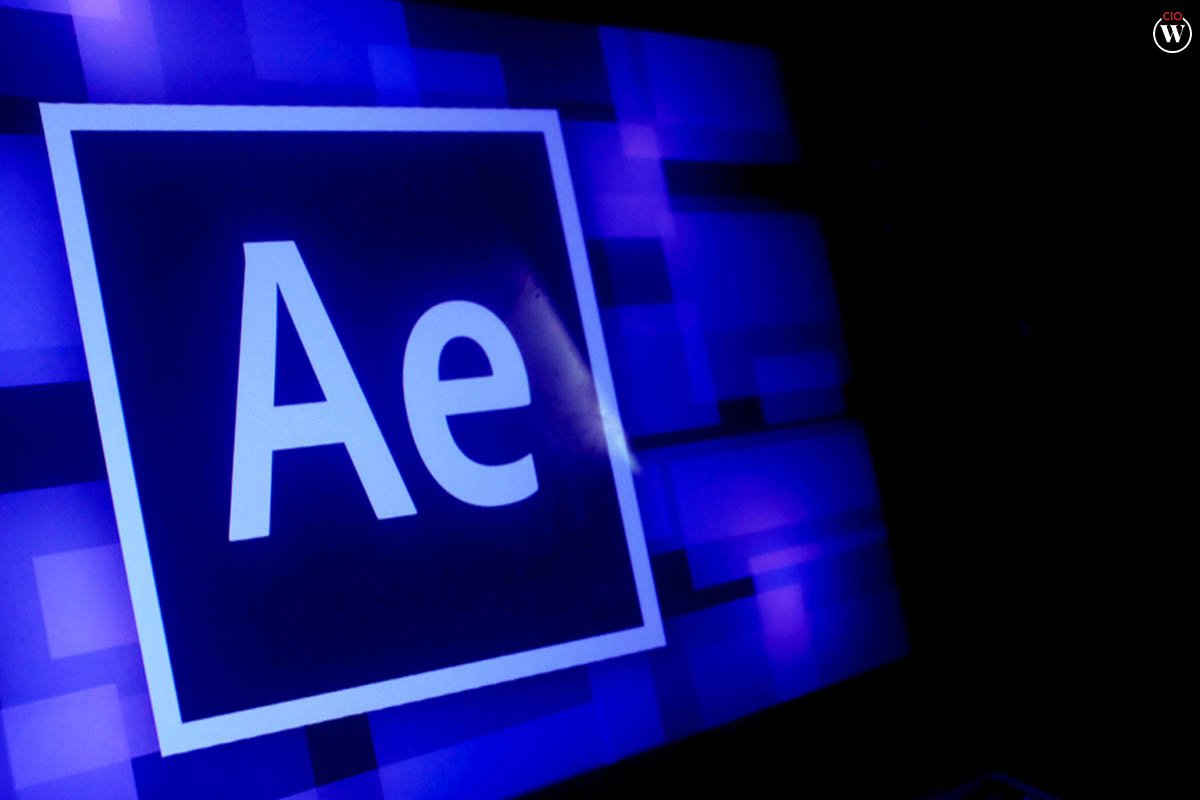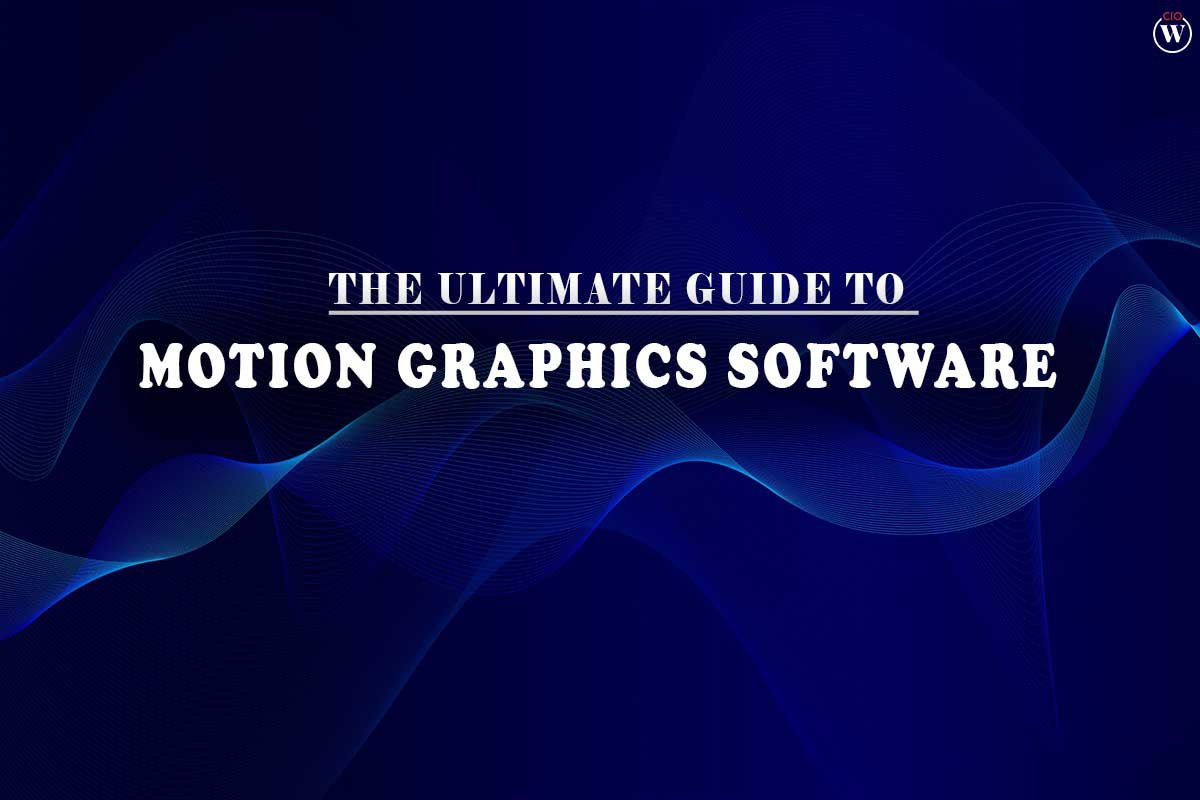INTRODUCTION
Let’s be honest: making a living doing Motion Design is tough. From the outside, it may seem like nothing but parties and constant hand pains, but once you start dating Adobe, you’ll quickly discover that you’ll need to master a bevy of new software tools. New software that promises to transform the way we conduct our jobs appears to be on the market every month. Just how do you choose your entry point?
We have compiled a list of the most useful Ultimate Guide to Motion Graphics Software programs out there. This is by no means an exhaustive list of the software used in the Motion Graphics business, but it does cover the basics that will help you tackle any job a client sends your way.
Here are 3 Major Facts About The Ultimate Guide to Motion Graphics Software;
1. SOFTWARES NEEDED TO GET STARTED
1. ADOBE AFTER EFFECT
As a Motion Graphics artist, mastery of Adobe After Effects is crucial. Although alternative tools exist, nothing is more flexible and important to the state-of-the-art for Ultimate Guide to Motion Graphics Software process than After Effects.

As a 2.5D animation program, After Effects is a popular choice. As long as your animation doesn’t need any kind of 3D modeling, you’re free to create anything you choose (with some exceptions). After the storyboards and pieces have been generated in Photoshop and Illustrator After Effects is the major program used to animate and combine all of your Motion Graphic work together.
2. ADOBE PREMIERE PRO
Like the other programs mentioned thus far, Premiere Pro may be accessed via the Creative Cloud. As soon as you’re satisfied with your After Effects project, you can export it to a variety of other video editing applications or The Ultimate Guide to Motion Graphics Software, including Final Cut Pro, Sony Vegas, and Avid Media Composer. After Effects has traditionally been the go-to program for motion designers, but Adobe has made enormous gains in integrating the two programs, making Premiere an even more indispensable tool for video editors.
Premiere is utilized in Motion Design studios all around the globe, and its popularity is nearly double that of its nearest competition. If you want to avoid the hassle of listening to others dispute over video editing software, you should probably simply start studying Premiere.
2. MEDIUM-RANGE SOFTWARE
1 CINEMA 4D
It’s time to go into the 3D realm after you’re comfortable with Adobe Creative Cloud. Most Ultimate Guide to Motion Graphics Software Designers would tell you that Cinema 4D is their go-to program. It’s so intuitive that you could theoretically sit down right this second, watch a lesson, and start making anything.

In the field of Ultimate Guide to Motion Graphics Software, Cinema 4D is widely used to create models, animations, and simulations. The term “Motion Graphics” must be emphasized here. Though C4D is used by a number of major Hollywood companies, specialized VFX software like Maya is more often used.
2. MOCHA AE
Mocha AE is another excellent program since it is a planar-based tracking system, which means it can detect motion beyond a localized area of pixels. Because of this, Mocha is a potent tool for Ultimate Guide to Motion Graphics Software, The Artists who want to change or remove elements from the screen, or rotoscope. Mocha’s spline-based approach might seem unfamiliar at first, but after you’ve mastered it, you’ll be able to track almost any motion with ease.
The fact that Mocha AE is integrated into After Effects makes it simple to switch between the two programs, allowing you to track a shot in Mocha and then return to After Effects with the corrected camera information. As you do more paid work, you’ll find more and more uses for this program.
3. MOHO
Formerly known as Anime Studio, Moho Pro 13 is a powerful animation program with a streamlined interface and enhanced efficiency. Moho’s new vector animation tools, freehand sketching features, and in-house bone rigging technology provide you with a world of creative potential. The potential of these applications is enormous, and we have just begun to explore them. You should look into them if you’ve ever wanted to create unique animations. Check out our Character Animation Bootcamp here on School of Motion if you’re serious about the medium.
3. ADVANCED MOTION GRAPHICS
1. UNREAL ENGINE
The Unreal Engine is the most powerful and flexible real-time 3D development environment available. Don’t underestimate this game-changing resource just because of its price tag. Constant updates from developers provide makers in many fields with the tools they need to create fantastic new universes like it is The Ultimate Guide to Motion Graphics Software.
You’re missing out if you believe this engine is just useful for video games. However, despite its prominence in the video game business, Unreal is also widely utilized in other media like as television, movies, and advertisements.
2 BLENDR
Blender is an open-source and free 3D Animation and modeling program that is The Ultimate Guide to Motion Graphics Software.

Modeling, rigging, animation, simulation, rendering, compositing, motion tracking, and the entire 3D pipeline are all supported, along with the video editing and 2D animation processes.
3. NUKE
At the pinnacle of The Ultimate Guide to Motion Graphics Software industry, Nuke is one of the go-to programs. You can combine 3D objects with video using this node-based compositing program. In comparison to your After Effects experience, this is a radical departure. Because of this system’s efficiency, teamwork on massive projects is greatly enhanced. Both Nuke and After Effects can handle compositing tasks, however, Nuke was developed with professionals in mind.
4. HOUDINI
When Ultimate Guide to Motion Graphics Software comes to 3D modeling and simulation, Houdini is like a Ferrari. Houdini is the best program to use if you want to create incredible visual effects on the massive scale required for expensive movies.

The big dogs in Hollywood utilize this to create visual effects for movies and commercials. Houdini is not a game for the easily scared. It’s very possible that this one software may consume your professional life. The SideFx Website offers a free version of Houdini for those who are merely curious.
5. SYNTHEYES
Syntheyes are unparalleled in their capacity as a Match Moving/Tracking tool. There’s nothing better if you want to precisely and easily blend your Motion Design pieces into your scenario. Syntheyes is a robust third-party program that can stabilize video, follow moving virtual sets, refine 360-degree video, generate 3D models of buildings, and do much more.
6. TURBULENCE FD
Within TurbulenceFD’s simulation pipeline is a voxel-based solution for the incompressible Navier Stokes equations is comes under The Ultimate Guide to Motion Graphics Software. It does this by solving the equations describing the flow of fluid on a voxel grid, which is used to simulate the volumetric clouds of smoke and fire. For each voxel, TurbulenceFD determines not only the fluid’s velocity but also numerous channels describing parameters like temperature, smoke density, fuel quantity, etc.









